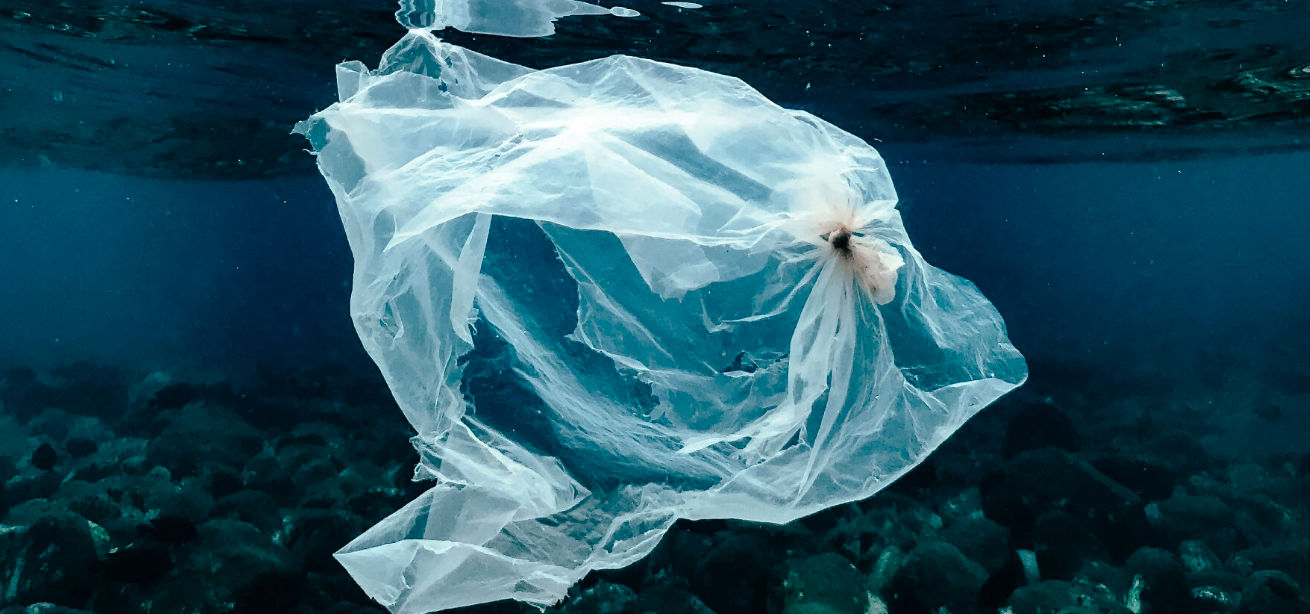Scientists Recycle Plastic Bags Into Glowing Sensors To Detect Toxic Metals In Drinking Water
Researchers from Gadjah Mada University in Yogyakarta, Indonesia, have developed a method to...Recycling plasticShopping bag used asNanomaterialsThe sensor can emit light and detect toxic metals in drinking water. The process starts with polyethylene, the main plastic used in shopping bags. Researchers convert it into very small particles called carbon quantum dots or CQDs. These particles are smaller than a virus. To produce them, the team used a combination of two methods: pyrolysis and hydrothermal treatment. Pyrolysis involves heating the plastic in the absence of oxygen, while hydrothermal treatment involves heating the material in water under pressure.

The researchers then added less than 7% hydrogen peroxide to help break down the polyethylene, and the entire process took about ten hours. The result was a solution containing carbon quantum dots (CQDs), which glow and emit fluorescence under ultraviolet light. The luminescence is due to the structure of the carbon atoms and the chemical groups attached to the surface of the CQDs. When ultraviolet light hits the particles, the electrons in the carbon atoms move to higher energy levels. As the electrons return to their normal levels, they release energy in the form of visible light, causing the recycled plastic bags to glow in the dark as sensors.
The light emitted by recycled plastic bags can help detect toxic metals in drinking water as a sensor. The weaker the light, the more toxic metals are present in the water; if the light is stronger, it indicates that there are fewer or no metals in the water. Scientists from Gadjah Mada University and Hokkaido University explain that the surface of carbon quantum dots (CQD) has oxygen groups that can attach to certain metals. They tested CQD with different metals and found that they only reacted with trivalent iron ions or iron particles with a charge of 3. When CQD attaches to iron, the luminescence weakens, indicating that there are many carbons in the water.
So far, it can detect as low as 9.50 micromoles, which is sufficient to check for contamination in drinking water. Their researchIt was found that the results were accurate and repeated in the same way each time. Scientists also used a measurement called quantum yield to check the luminescence of CQDs, which indicates the amount of light emitted compared to the amount of light entering. CQDs made from plastic bags achieved a quantum yield of 10.04%, meaning their luminescence intensity is sufficient to be used as sensors. Currently, researchers believe that given the use of recycled plastic bags as sensors, their findings could be utilized in low-cost portable water testing kits.
【Copyright and Disclaimer】The above information is collected and organized by PlastMatch. The copyright belongs to the original author. This article is reprinted for the purpose of providing more information, and it does not imply that PlastMatch endorses the views expressed in the article or guarantees its accuracy. If there are any errors in the source attribution or if your legitimate rights have been infringed, please contact us, and we will promptly correct or remove the content. If other media, websites, or individuals use the aforementioned content, they must clearly indicate the original source and origin of the work and assume legal responsibility on their own.
Most Popular
-

Zf asia-pacific innovation day: Multiple Cutting-Edge Technologies Launch, Leading Intelligent Electric Mobility
-

Mexico officially imposes tariffs on 1,400 chinese products, with rates up to 50%
-

List Released! Mexico Announces 50% Tariff On 1,371 China Product Categories
-

Fire at Sinopec Quanzhou Petrochemical Company: 7 Injured
-

Argentina Terminates Anti-Dumping Duties on Chinese PVC Profiles! Kingfa Technology & Siemens Sign Digital and Low-Carbon Cooperation Agreement






